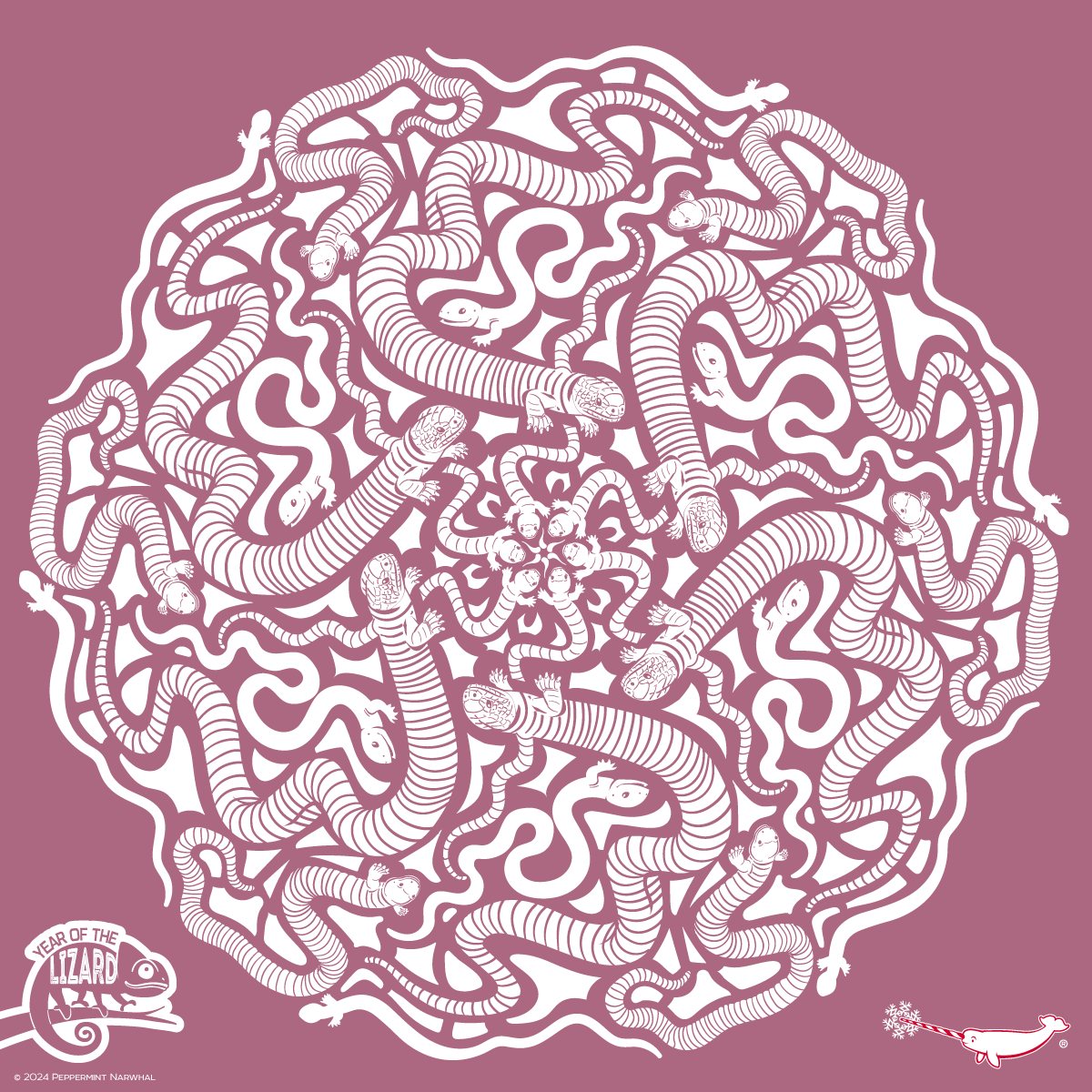– The physical characteristics and behavior of the Mexican Mole Lizard (Bipes biporus)
– Its habitat in the Baja California Peninsula and its ecological significance
– Challenges in conservation and the importance of public education
The Mexican Mole Lizard (Bipes biporus), native to the Baja California Peninsula in Mexico, presents an atypical appearance for a reptile, having only two stumpy forelimbs and completely lacking rear limbs. This distinctive feature makes it an exceptional subject for zoological and environmental studies. Despite its lizard classification, its physical appearance bears more resemblance to snakes or large worms, setting it apart from the typical reptilian fauna most are familiar with. This article aims to shed light on the Mexican Mole Lizard’s unique lifestyle, habitat preferences, conservation challenges, and the continued effort required to safeguard its existence.
Mexican Mole Lizards measure between 7 to 9.5 inches in length, a modest size that aids in their subterranean lifestyle. Their shovel-like forelimbs are perfectly adapted for a life spent mostly beneath the ground, where they hunt for insects and small invertebrates. The pinkish, nearly translucent skin of the Mexican Mole Lizard is sensitive to sunlight, necessitating its nocturnal and burrowing habits to avoid desiccation and predation.
The sandy soils and moderate climates of the Baja California Peninsula provide the ideal habitat for these creatures. Their underground lifestyle plays a crucial ecological role, contributing to soil aeration and nutrient redistribution. However, observing these lizards in their natural habitat is challenging due to their elusive nature and preference for remaining hidden beneath the earth’s surface.
Conservation issues for the Mexican Mole Lizard primarily stem from habitat destruction and the changing climate. Urban development, agriculture, and deforestation in the Baja California Peninsula threaten the delicate balance of their ecosystems. Additionally, climate change alters temperature and precipitation patterns, potentially disrupting the Mexican Mole Lizard’s ability to regulate its body temperature and hydration levels effectively.
Public education and awareness are fundamental components of conservation efforts. By informing the broader community about the Mexican Mole Lizard and its role in the ecosystem, there is an increased opportunity to foster appreciation and support for their preservation. Educational programs, wildlife documentaries, and research publications are valuable tools in spreading knowledge about these remarkable lizards. Additionally, supporting local conservation initiatives and protected areas can significantly contribute to protecting the Mexican Mole Lizard’s natural environment.
In summary, the Mexican Mole Lizard is an extraordinary creature that captures the intrigue of zoologists and conservationists alike. Its unique physical attributes and specialized subterranean lifestyle make it a fascinating subject for study. Conservation efforts focused on habitat protection, climate change mitigation, and public education are crucial for ensuring the survival of the Mexican Mole Lizard. Engaging the public in these efforts will be essential in preserving the natural wonders of the Baja California Peninsula for future generations to explore and admire.
*****
Source Description
ZOOFLAKES – Mexican Mole Lizard
When we think of lizards, we often think of four limbs, but this is not true for every lizard. For example, the Mexican Mole Lizard (Bipes biporus) has only two stumpy forelimbs and no rear limbs. This unusual-looking lizard is native to the Baja California Peninsula in Mexico. It can reach 7- 9.5 inches(17.78-24.13 cm). It is rarely seen as it spends much of its time underground. Although modest-, its shovel-like forelimbs help it dig into the ground to find refuge and search for food. It is often mistaken for a snake or worm.
Happy Year of the Lizard!
Stay connected with us throughout 2024 as we celebrate lizards all year long.
2024 is here! Do you have your 2024 Peppermint Narwhal Animal Holiday Calendar? If not, shop now at the Store:
www.peppermintnarwhal.com.


